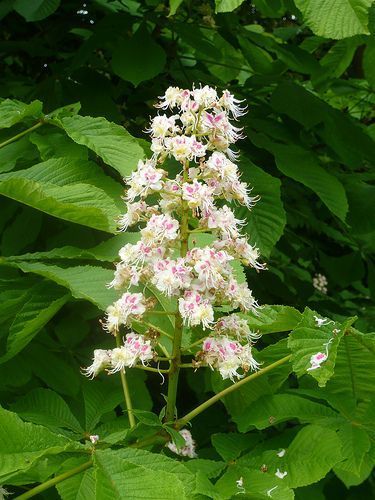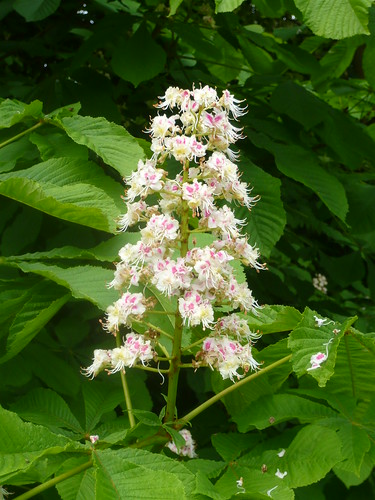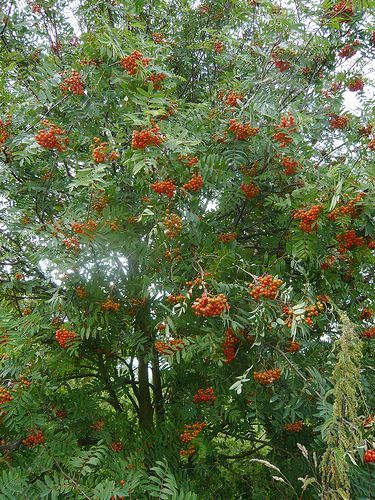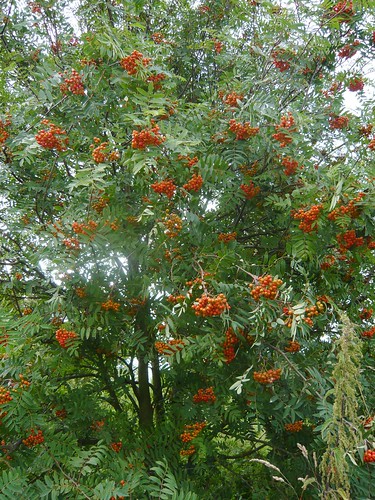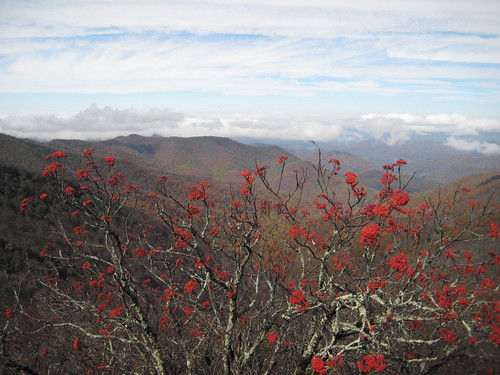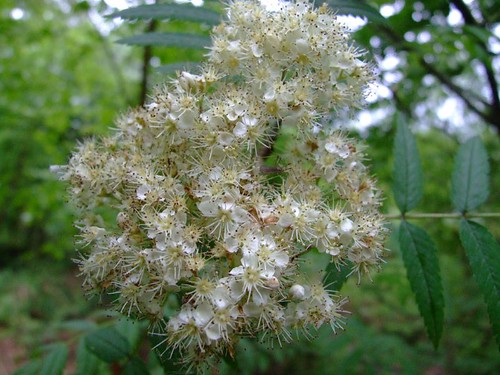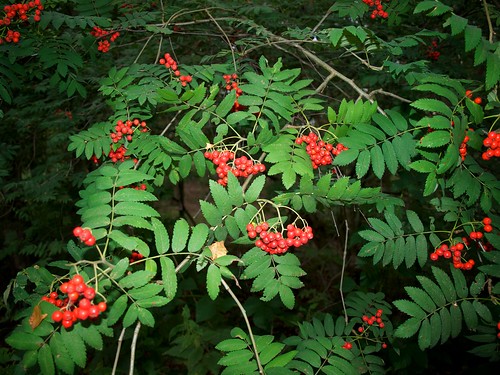Horse Chestnut – Root and Branch Review
Conker collecting has encouraged many a stick to be thrown into a Horse Chestnut tree. The candle or flower heads are even more spectacular than the crop of conkers that they give birth too.
Key Features of the Horse Chestnut
- Latin name Aesculus Hippocastanum buckeye in USA or Conker tree
- Height up to 130 feet
- Type of tree – deciduous –
- Leaves – Large green palmate with 5-7 fingers or leaflets
- Flowers White or pink candle shaped upright panicles
- Fruit Green spiky spherical husks containing a glossy brown inedible seed or conker
- Bark Dark brown, coarse and scaly when mature
- Family Aesculus has about 20 species
Origins and Distribution of the Horse Chestnut
- Native to the Balkans.
- Planted in temperate zones as an ornamental specimen.
Uses and Attributes of the Horse Chestnut
- Distilled the conkers make acetone.
- The seed extracts were used for fulling cloth and whitening hemp, flax, silk and wool.
- Herbally used to treat varicose veins and haemorrhoids.
Gardeners Tips for the Horse Chestnut
- Used along avenues, parks and in churchyards.
- Horse Chestnuts can make large bonsai.
Other types of Horse Chestnut and key species
- Texas, californian and other american buckeye or Aesculus species.
- Aesculus × carnea the red horse chestnut.
Horse Chestnut comments from elsewhere
In Britain, the return to school after the summer holidays is synonymous with conkers. Originally played with cobnuts or snail shells, the use of the horse chestnut in the popular children’s game was first recorded in 1848. Since 1965, the World Conker Championships have taken place every year in Oundle, Northamptonshire. Kew.org
The fruits of this tree vaguely resemble those of the (Sweet) Chestnut tree but they are not related. They develop in prickly cases, and are ripe in September and October – the ‘conker’ season.
Read about our series on British tree reviews with a bakers dozen fact sheets
Credits
“Horse Chestnut tree by JeanM1 CC BY-NC-ND 2.0
“Conkers by MamaPyjama CC BY 2.0
